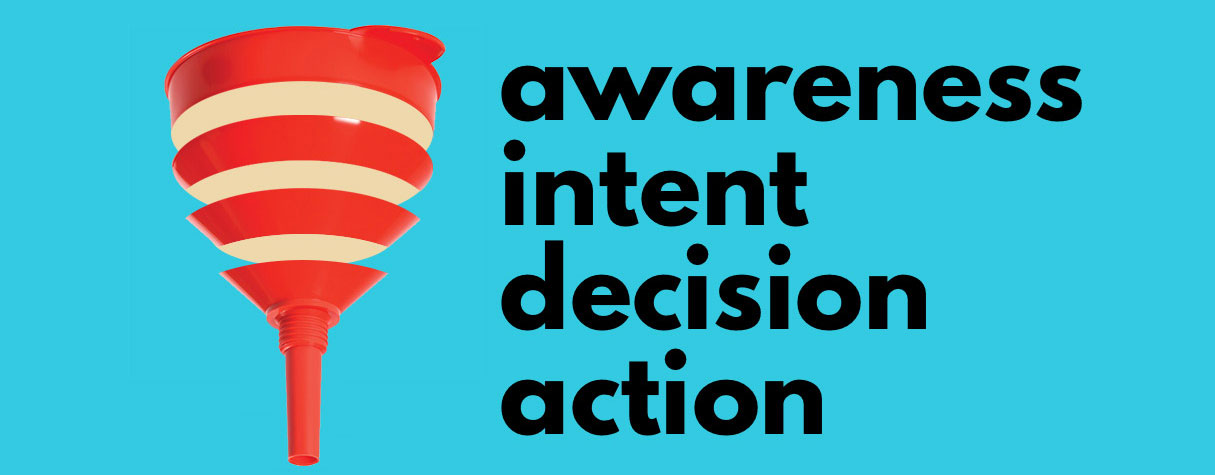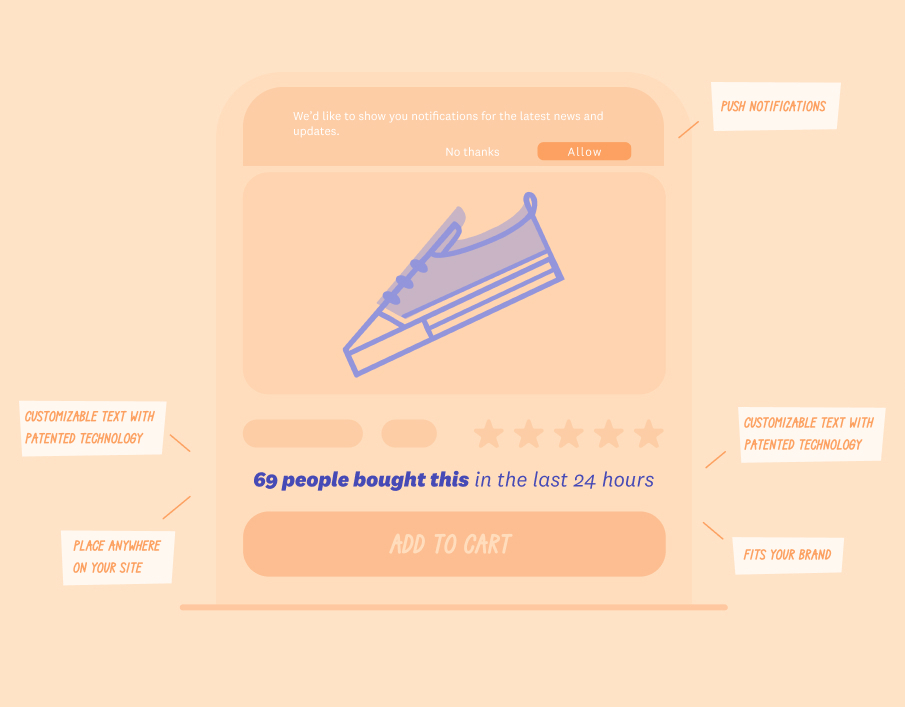Table Of Content
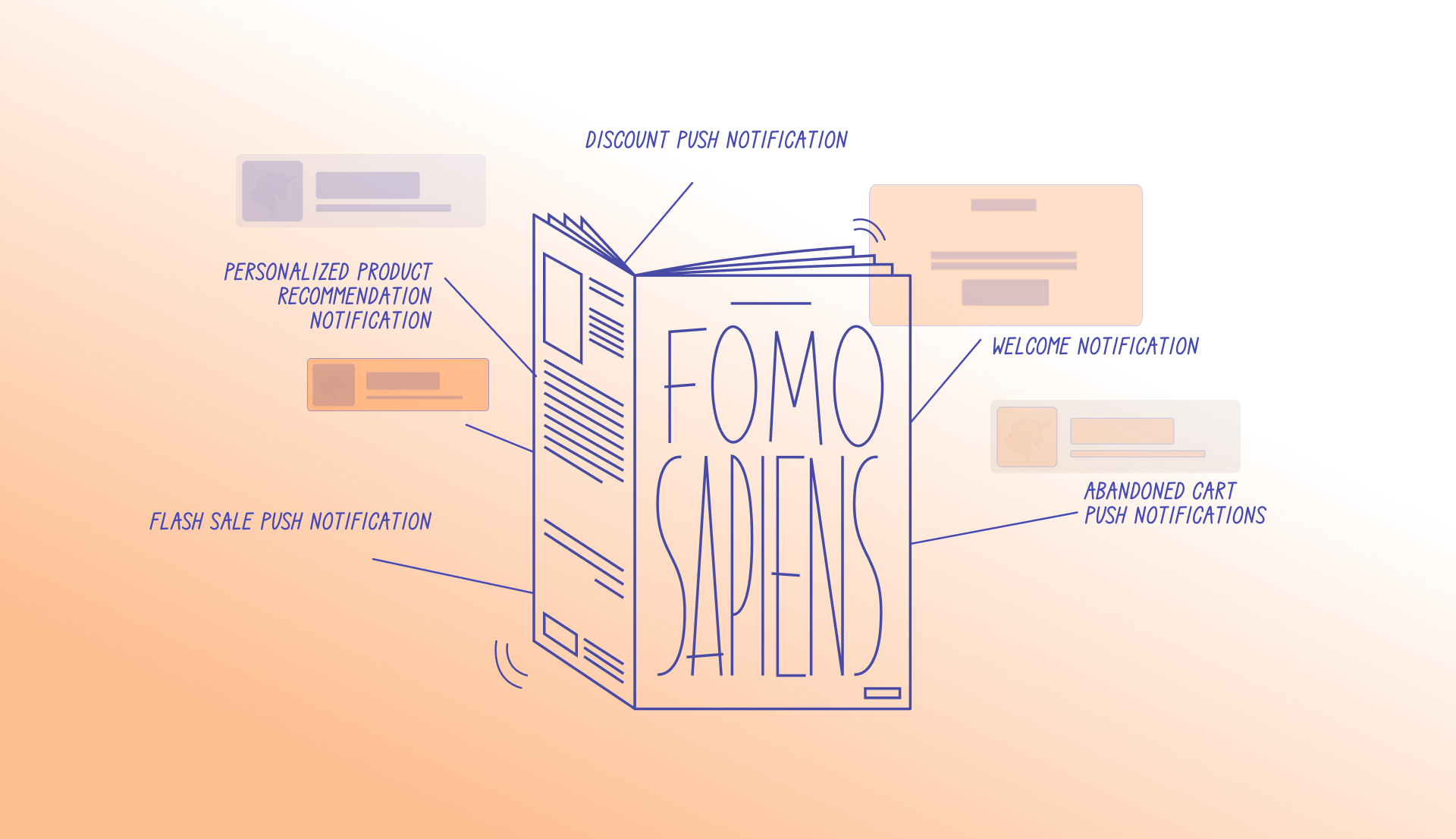
Finding the most effective types of push notifications to engage customers without going overboard is an endless struggle.
You risk annoying users if you rely too heavily on promotional notifications. but focusing solely on transactional updates misses opportunities to connect. There's no perfect formula.
Testing different types of push notifications will consume time you don't have. So, we’ve made it simple for you with this blog, where we talk about five types of push notifications for your e-commerce business.
And how you can finally build an effective push notification strategy that drives revenue without irritating customers.
What are push notifications?
Push notifications are clickable pop-up messages you can send directly to customers' devices to re-engage them. Well-targeted push notifications grab attention fast, keeping your brand top of mind and prompting users to re-visit your store.
Here are a few ways using push notifications can help your e-commerce business:
- Drive traffic and sales- Send notifications about sales, new products, or special offers to encourage users to open your app and make purchases.
- Remind users about abandoned carts- If someone adds an item to their cart but doesn't complete checkout, you can send a notification reminding them to finish the purchase.
- Share order updates- Notify customers when their order has shipped or is out for delivery to keep them informed.
- Build loyalty- Use notifications to share content and helpful tips related to your products and industry. This keeps you top of mind.
- Promote events and new content- Alert users to new blog posts, videos, live streams, or other content you publish to boost engagement.
- Direct users to your app- Include a strong call-to-action in notifications to direct traffic back to your app and website.
Before we talk about the types of push notifications, here are three types of formats for push notifications.
- Web push notifications are brief messages you can send to users via desktop or mobile web. Such alerts slide in at the top or bottom right, depending upon the user's operating system
- Desktop push notifications are displayed only on desktops and are delivered by installed desktop applications
- Mobile app push notifications are like desktop push notifications in that they send messages to the user's Android device, just like in-app notifications
A tip: You should let your visitors know that they can unsubscribe from these messages anytime.
Five types of push notifications every e-commerce business should use
Here are five types of push notifications that every e-commerce business should use to transform their casual browsers into committed buyers.
1. Welcome notification
No matter what language your customers speak, people all around the world love to feel welcome. For first-time web visitors, giving a warm welcome becomes critical to show that you appreciate them subscribing.
See how Product Hunt, a website for discovering new SaaS products, welcomes its visitors once they subscribe for the first time.
An effective e-commerce welcome push can improve conversion rates by providing users with a discount code, prompting them to enable push notifications, and ultimately engaging with your e-commerce store again.
Here are three ways to make the most of welcome push notifications:
- Time it to display within the first few minutes after allowing it to make a great first impression.
- Keep messaging brief yet personalized with the user's name.
- Use actionable language to drive conversion, not just a generic greeting.
- A/B test different offers and messaging to optimize for your goals.
- Follow up with a secondary welcome push if the user doesn't take action on the first.
Welcome push notifications work to help you establish a strong relationship with your customers right from the beginning. It’s your chance to introduce yourself, set the tone for your brand and build relationships with your audience.
2. Personalized product recommendation notification
Personalized product recommendations are type of push notifications that use data like browsing history, purchases, and behavior to showcase products tailored to each user.
By sending relevant, timely recommendations reminding customers of viewed or abandoned items or introducing new arrivals suited to their interests, you can increase conversions for your e-commerce store.
Tailor the recommendations contextually, test different approaches, time key triggers strategically, and allow user feedback to keep improving.
For instance, if you love Pizza like us, receiving a pop-up notification with an additional discount on your favorite pizza would make your Friday evening. Check out how Domino’s Pizza does it.
Leveraging such push notifications leads your audience to the product page and increases the odds of a sale. Because they are more likely to buy products they browsed last time they were in your store.
Here are three ways to make the most of personalized push notifications:
- Use data like search history, views, purchases, and more to build detailed user profiles.
- Create contextual recommendations based on factors like time of day, category interest, price range, and usage scenarios.
- Test recommendations by product, category, or user attributes to find what performs best.
- Time key recommendation triggers like abandoned carts or replenishment reminders for maximum impact.
- Allow users to indicate if they are not interested in a recommendation to improve future suggestions.
- Pair recommendations with incentives like sales or free shipping to boost conversions.
- Optimize performance by testing recommendation algorithms, content, timing, and creativity.
Your customers will resonate better with messages that speak to their specific interests. The magic of personalization sets you apart from the competition—it shows that you care about your customers' needs.
3. Abandoned cart push notifications
Cart abandonment is never an ideal scenario for e-commerce owners like you. And you know it’s a serious problem when the cart abandonment rate hovers around 69.57% on average.
One way to reduce cart abandonment is to send push notifications as gentle reminders to persuade customers to shop or to nudge them toward making a purchase.
For example, check out how Ajio, a prominent online fashion and lifestyle brand, implements a clever strategy to entice its customers.
They draw attention to the specific item in the cart and highlight a big price drop, making it clear that the product in the cart is now on sale.
Such an approach grabs your attention and provides a compelling reason to complete the purchase, leveraging the psychology of discounts to drive sales.
Here are three ways how you can make the most of abandoned cart push notifications to recover lost sales:
- Create a sense of urgency or fear of missing out (FOMO) by informing your customers about the limited number of stocks. Thus prompting their customers to check out your sale before time runs out
For example, take a look at how Meesho, an online shopping platform, sends a tempting "loot deal" push notification, offering an impressive 80% discount for a limited time.
- Incentivize your customers to complete their purchase. Offer reward points, and discounts or alert your customer about a price drop for completing a purchase or referring a friend
Take a look at how Steve Madden, a lifestyle and footwear brand, tries to grab the attention of its audience with a short and enticing headline. It further encourages the audience to take action by compelling them with a 50% discount on the same product.
- Include social proof like customer reviews or ratings of the abandoned product to build trust and credibility
Also read: E-commerce Add-To-Cart Strategies You Should Know About
4. Flash sale push notification
One of the most tried and true methods for selling out inventory fast is through a flash sale.
Most e-commerce brand owners usually struggle with selling out their inventory quickly because they rely passively on email communications. According to the stats, emails have a click rate of 1-2% on average as opposed to an average click rate of 28% for push notifications
But, the game changes with flash sale push notifications, making the concept of flash sales a reality for e-commerce sites. It can be as simple as creating a “Flash Sale” category on your site or putting specific items on sale.
Take a look at how Tata CLiQ captures its customers' attention with flash sale notifications, offering limited-time deals and substantial discounts to inspire them to make impulsive purchases.
Here are three ways you can use flash sale push notifications for your e-commerce store:
- Send flash push notifications to remind customers of items in their cart and offer a discount to finish transactions
- Send flash push notifications to your VIP customers to offer them exclusive access to sales and discounts
- Leverage flash sale push notifications to announce new product launches, promotions, and seasonal sales, such as holiday or back-to-school sales, aligning with customers' browsing and purchase history
Flash sales are the deal of the day. As a result, the shorter the duration of a flash sale, the better the outcomes for your business.
Best Practice: Flash sales are time-sensitive, so consider setting a custom notification expiration time so that people don’t see your notification once your sale has already ended.
5. Discount push notification
Discount push notifications are pop-up messages sent to your customers to inform them about various promotional offers, deals, special discounts, or exclusive promo codes.
Such notifications serve as a powerful tool for improving e-commerce conversions and sales.
When your brand sends out notifications with exciting festival discounts and special offers or provides alerts about upcoming sales, it encourages your shoppers to buy on impulse because customers perceive that they are getting a good deal.
For instance, take a look at how Ajio offers discounts on ethnic wear during festivals and also motivates shoppers by rewarding the top spender with a free MacBook Air.
Here are three ways you can use discount push notifications for your e-commerce store:
- Send timely push notifications to raise awareness among your customers about the exclusive offers and discounts available
- Create a sense of urgency in your messages, using taglines like "Almost Gone" or "Last 24 Hours" to encourage customers who tend to delay their purchases
- Retarget users who have abandoned their shopping carts, alert shoppers about upcoming sales and festive promotional offers, or incentivize customers to make additional purchases
Offering exclusive deals can help retain customers on your e-commerce site, preventing them from switching to other shopping platforms.
Top three best practices for push notification you should follow in 2023
Here are three best practices for using push notifications for browsers and apps:
1. Master clarity: The art of crafting clear messages for push notifications
E-commerce shoppers are often distracted when browsing on their mobile devices. However, clear and concise push notifications can cut through the noise.
With limited time, every word counts. Refine your push content to highlight only the most crucial information.
Avoid overloading customers with extra details that divert their attention. Decluttered, focused copy showcasing your value proposition helps the notification to land crisply in their inbox and mind.
Focus your message on the product and call-to-action. For example, "New summer dresses - Shop now!" will likely outperform a longer description.
Use compelling language to capture attention and motivate action. A distraction-free notification wholly focused on your goal will perform better every time.
2. Ditch the ‘spray-and-pray’ approach
Avoid using a generic and mass marketing push notification strategy. Such an approach involves broadcasting generic messages to large groups in hopes that a small percentage will convert.
Because, with the increasing amount of push notification messages from different e-commerce brands, your message can get diluted and go unnoticed by your audience.
Instead, identify your target market and create different segments to send relevant content to each customer.
As an e-commerce business owner, think strategically about marketing by developing relevant, useful, and engaging messages that move potential buyers down the funnel.
3. Limit pop-up notifications for a better user experience
The average US smartphone user receives 46 push alerts daily. With notification fatigue setting in, craft your messages thoughtfully.
Don't over send. Excessive notifications frustrate customers, even prompting some to disable them entirely. Align each message with audience preferences.
Jerry James Stone, a renowned YouTube chef, expressed his will to turn off DoorDash notifications on Twitter because of too many notification. Avoid his fate by sending purposefully.
Use caution when pushing. Every alert should support your audience's expectations. Customize notifications to deliver value, not volume.
Speed up your e-commerce store success with Fomo: Your secret super power
When creating your push notification strategy, think what will influence user behavior. Test different types of notifications through A/B experiments to see what resonates.
Fomo seamlessly integrates with hundreds of products to display recent social proof like customer interactions on your site.
E-commerce founders praise Fomo not just for its ability to boost conversions, but also for the outstanding support from the dedicated team. Experiment with messaging to maximize push notification impact.
Give Fomo a try today for 14 days, and unlock more sales and better customer experience for your audience.
Frequently asked questions
Before we wrap up things, let’s go over two common questions that are often asked:
1. Which is the best push notification software?
Here’s the list of top 10 best push notification software:
- Fomo
- CleverTap
- MoEngage
- Iterable
- WebEngage
2. Which two notifications are examples of push notifications?
Two common examples of push notifications are:
- Cart abandonment notifications: Businesses send these reminder notifications to you when you’ve added items to your cart but have not completed the purchase. Such notification reminds you of the items left in your cart and encourages you to complete the purchase.
- Flash sale notification: Businesses send flash sale notifications to clear out the inventory quickly.

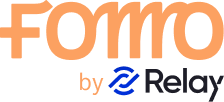

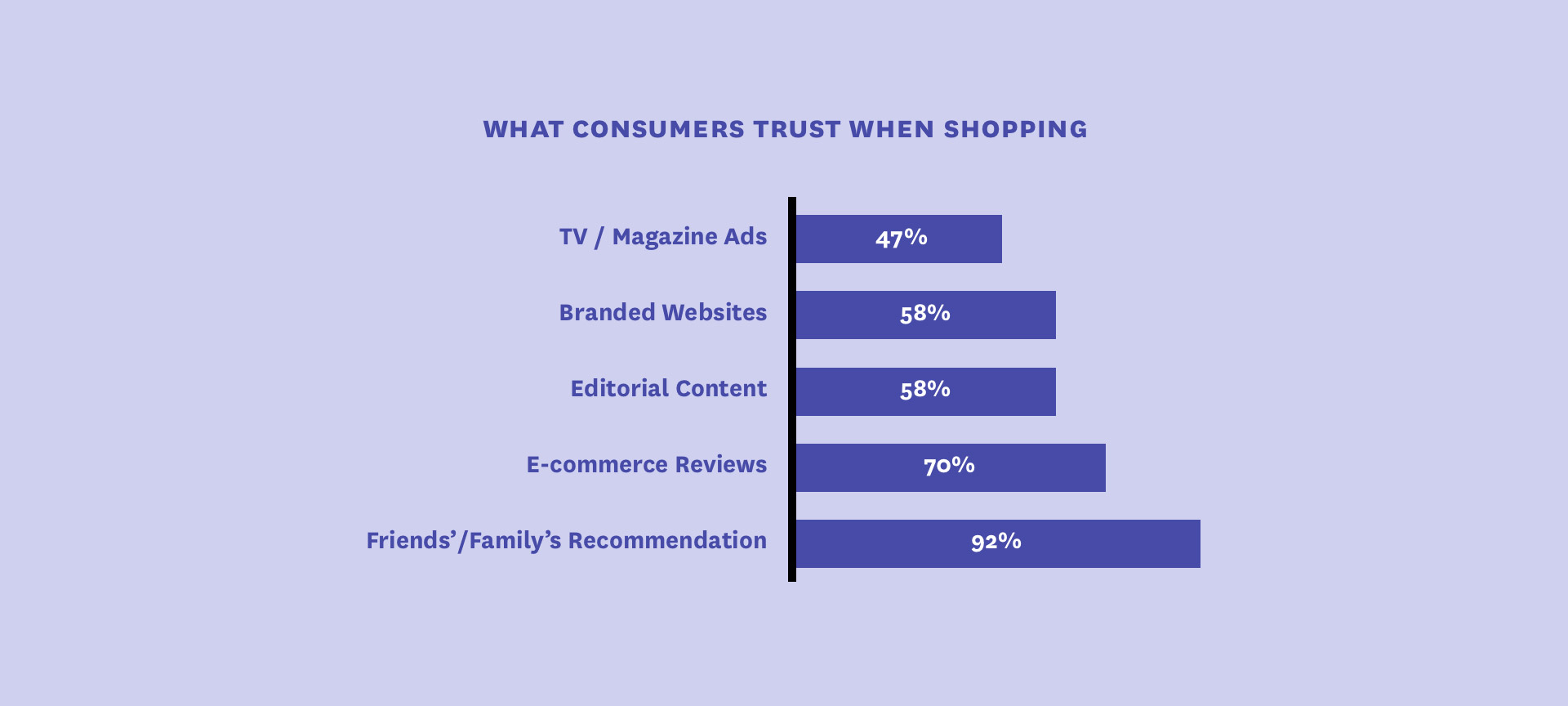
 1.svg)
 1.svg)
